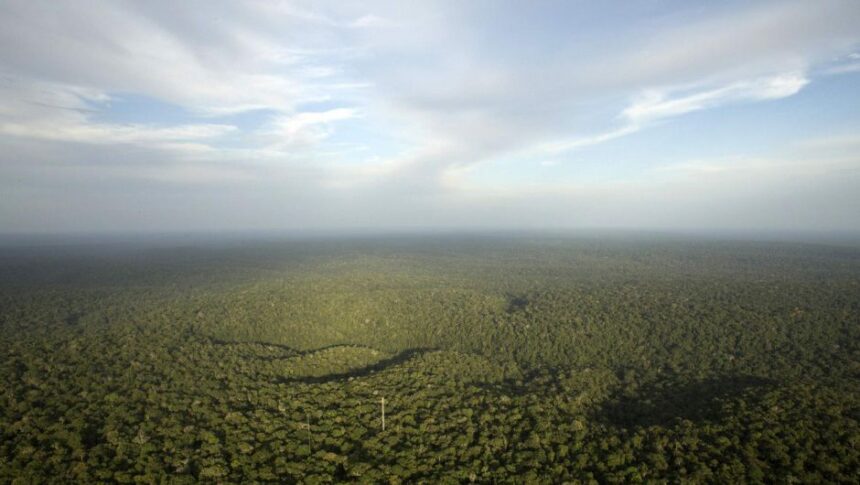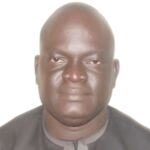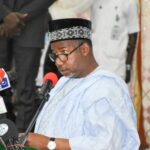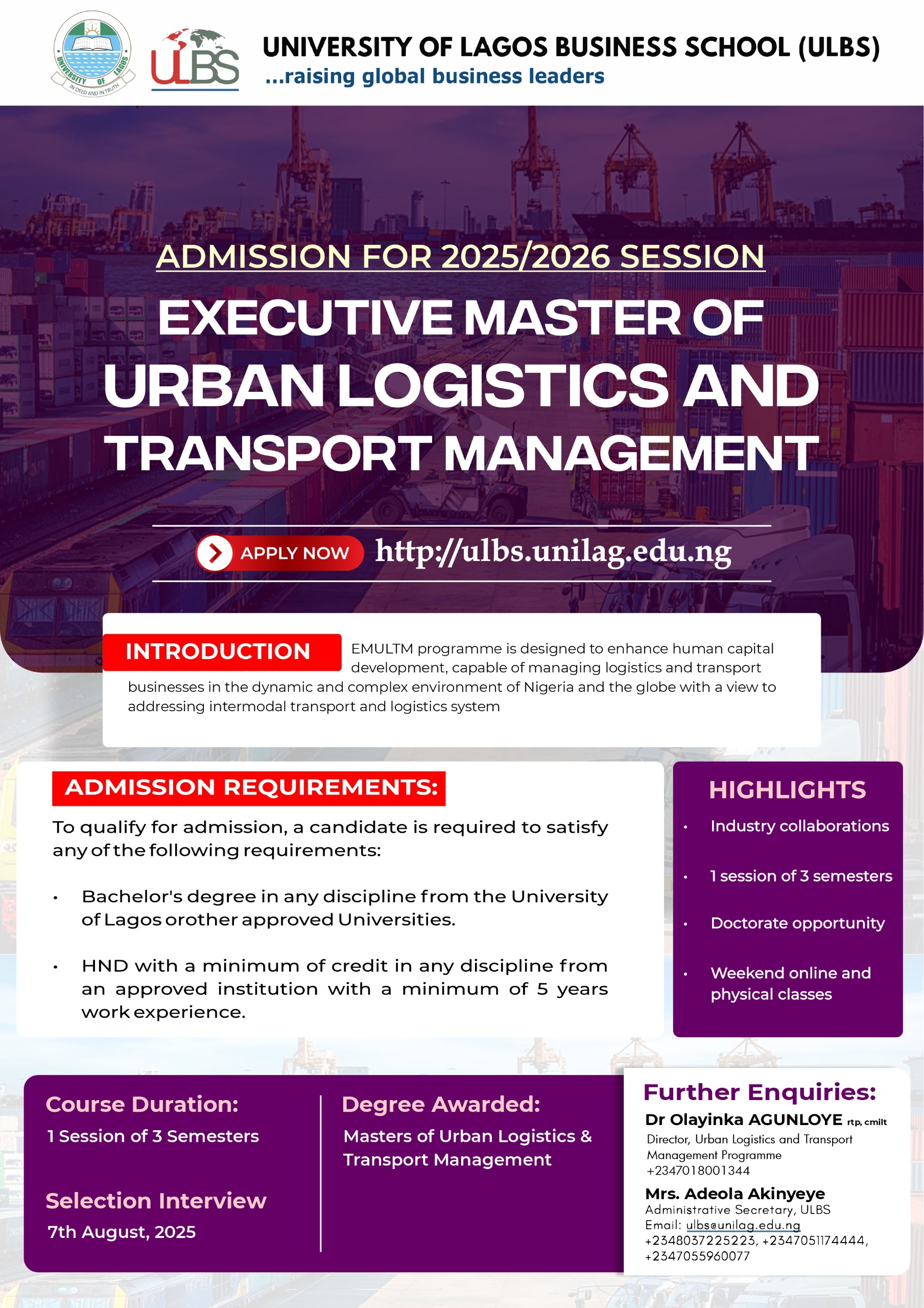Olusegun Ariyo
Humans’ interaction with their physical environment deliberately or unknowingly to achieve a purpose has become a major source of concern as so many actions have led to disruption. This ultimately has affected sea rise where greats impact is felt as a result of interaction with other powerful geo-morphological forces which, in consequence, has made it impossible to predict what areas will be made more vulnerable to regular catastrophic flooding by season rainfall across the inland flood plain.
General flood deposition is known to impede drainage whose process could add to the severity of flooding that can increase the risk and advance the timing of major catastrophic channel shift along with predictions.
Another entry point is the devastating consequences of sea rise level, especially where rivers flow would, in turn, affect the dry season, cropping with the damage of mangrove forest, coming with pressure to realize this highly vulnerable land for human settlement.
While stressing these complexities, it is important to note that any ambitious plan to rise and elevate settlements for sea defence could be rendered counterproductive by major changes in the river sedimentation and channels.
Emerging facts have revealed its effect to include temporary and permanent flooding increase in human and land use with climate variability with a contribution from greenhouse gases to global warming.
Human activities are related to how they build upon flood plain by constructing artificial drainage lines to stormwater drain which usually change the physical environment to some extent. The most significant of it arises from urbanization as it involves deforestation and land-use changes, precipitation, temperature modification, stream network change, and inter-basin water transfer which brings about changes in morphological and hydrological states of water.
These two important problems resulting from the urbanization of a watershed that comes’ with floods and pollution whose report indicates that it complements fossil fuel extraction and burning to be about 0.5% in the world as a result of deforestation and land-use change which, accordingly, is due to human action and interference with natural environment constituting the major cause
The first entry point is how excess runoff drains freely into a nearby stream peak flow with adjoining low-lying areas to form flood poundage and flash flood on the street leading to human causalities.
The flood circle in Akure and those things that count are heavily dissected by many streams of which Ala River with numerous of its tributaries that include Elegbin, Ijala, Omi-Ebo, Clore, and Ukere streams all along have assumed a composite large stream towards Ala forest reserve.
Ala River is the most important of the numerous streams that dissect the Akure terrain. It carries heavy floods during the rainy season, essentially from June to September of every year.
Physical observation shows how the flood affects the three major roads of Adesida, Arakale, and isikan which are always affected by any slight drop of rainwater.
“Worse still, the Ondo State Government budgeted about N2billion in 2015 to tackle ecological problems in all the zones but to no avail,” Kehinde Alimu, a resident in the Akure metropolis said.
He said most rainfall, especially in the month of June, July, and September usually very high, coming with the intensity that influences the catchments and characteristics of the watershed.
“There is the stream density, land use that influences run-off, its numerous tributaries that cut across many areas of Akure towns.”
He said flooding in the area could be attributed to climate change and human factors.
“The inhabitant’s action alone shows there is a need for awareness in those communities as trees are cut for commercial purposes which attract severe flooding.”
Country Representative of Environmental Safety and Awareness Initiative, (ESAI), Dr Olayinka Agunloye, believes the experience has become a recurring decimal as it has attracted international attention.
“It has had a severe effect on the inhabitants. Human-induced action explains why those ravaged communities cut down trees, and burn the forest reserves that ordinarily should help them in curtailing the flood but instead contributed to the issues of global warming which can be attributed to what we see as an implication to change in climatic conditions,” Agunloye also said.
“The inhabitants of that region also embark on deforestation of their forest reserve, and during the dry season, it enhances air pollution where smoke fumes reach the harmful level in the atmosphere and that which partially offset the rise in global means atmosphere temperature”.
Continuing, Agunloye said the Akure settlement has experienced relatively small but intensive rainstorm flood which is climatological in its original estimates from the excess precipitation and natural infiltration.
“The most important single climatic factor that influences Ala River flooding in Akure town is the nature of rainfall in terms of its magnitudes, time, and distribution,” he further said.
Agunloye also said man-induced problems aid climate-induced factors in the Akure flood
“There should be a provision for disaster preparedness which should include warning measures to limit damages and provision to help people move to safer areas quickly. We must have the quality provision of infrastructure for all the adjoining towns in Akure to limit the risk of flood escalation for the whole city,” he suggested.
There is no gainsaying the fact that the world is in danger of climate change unless concrete steps and measures are put in place by countries with similar experiences.








